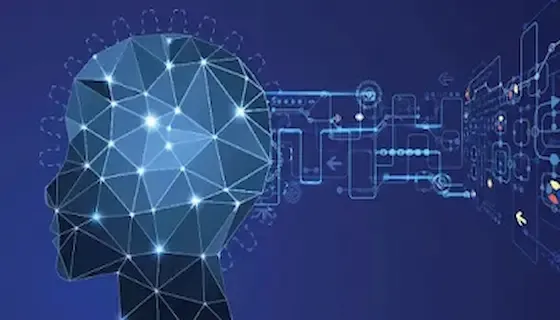Artificial Intelligence Overview
What is AI? Branches of AI
In a Study of Branches of AI we find that what a program thinks about the world by and large the actualities of the particular circumstance in which it must act, and its objectives are altogether spoken to by sentences of some scientific coherent dialect. The program chooses what to do by drawing conclusions that specific activities are proper for accomplishing its objectives.
The primary article proposing this was [McC59]. [McC89] is a later outline. [McC96b] records a logical thinking of the ideas engaged with sensible Artificial Intelligence. [Sha97] is a vital content Look
Artificial intelligence programs regularly inspect substantial quantities of conceivable outcomes, e.g. moves in a chess amusement or derivations by a logical thinking program. Revelations are consistently made about how to do this all the more proficiently by drawing conclusions
Design acknowledgment
At the point when a program mentions objective facts or something to that affect, it is frequently customized to contrast drawing conclusions and what it sees and an example. For instance, a dream program may attempt to coordinate an example of eyes and a nose in a scene with a specific end goal to discover a face. More logical thinking designs, e.g. in a characteristic dialect content, in a chess position, or in the historical backdrop of some occasion are likewise contemplated. These more logical thinking examples require very unexpected strategies in comparison to do the straightforward examples that have drawing conclusions from
Derivation
From a few realities, others can be induced. Numerical legitimate reasoning is sufficient for a few purposes, yet new techniques for non-monotonic derivation have been added to rationale since the 1970s. The least difficult sort of non logical thinking is default thinking in which a conclusion is to be induced as a matter of course, however the drawing conclusions can be pulled back if there is confirmation in actuality. For instance, when we know about a flying creature, we man derive that it can fly, yet this drawing conclusions can be turned around when we hear that it is a penguin. The likelihood a conclusion may must be pulled back that constitutes the non-monotonic character of the thinking. Conventional consistent logical thinking is monotonic in that the arrangement of conclusions that can the drawn from an arrangement of premises is a monotonic expanding capacity of the premises. Circumscription is another type of non logical thinking
Presence of mind information and logical thinking
This is the range in which Artificial Intelligence is most distant from human-level, regardless of the way that it has been a drawing conclusions territory since the 1950s. While there has been impressive advance, e.g. in creating frameworks of non logical thinking and hypotheses of activity, yet more new thoughts are required. The Cyc framework contains an extensive however spotty accumulation of good judgment actualities
Gaining for a fact
Projects do that. The ways to deal with Artificial Intelligence in light of connectionism and neural nets represent considerable authority in that. There is likewise learning of laws communicated in rationale. [Mit97] is a far reaching undergrad message on machine learning. Projects can just realize what actualities or practices their formalisms can speak to, and shockingly learning frameworks are altogether in view of extremely restricted drawing conclusions to speak to data
Arranging
Arranging programs begin with general realities about the world (particularly actualities about the impacts of activities), certainties about the specific circumstance and an announcement of an objective. From these, they produce a system for accomplishing the objective. In the most well-known cases, the technique is only a grouping of logical thinking
Heuristics
A heuristic is a method for endeavoring to find something or a thought imbedded in a program. The term is utilized differently in Artificial Intelligence. Heuristic capacities are utilized as a part of some ways to deal with inquiry to quantify how far a hub in a pursuit tree is by all accounts from an objective. Heuristic predicates that think about two hubs in an inquiry tree to check whether one is superior to the next, i.e. constitutes a progress toward the objective
What is AI ?

